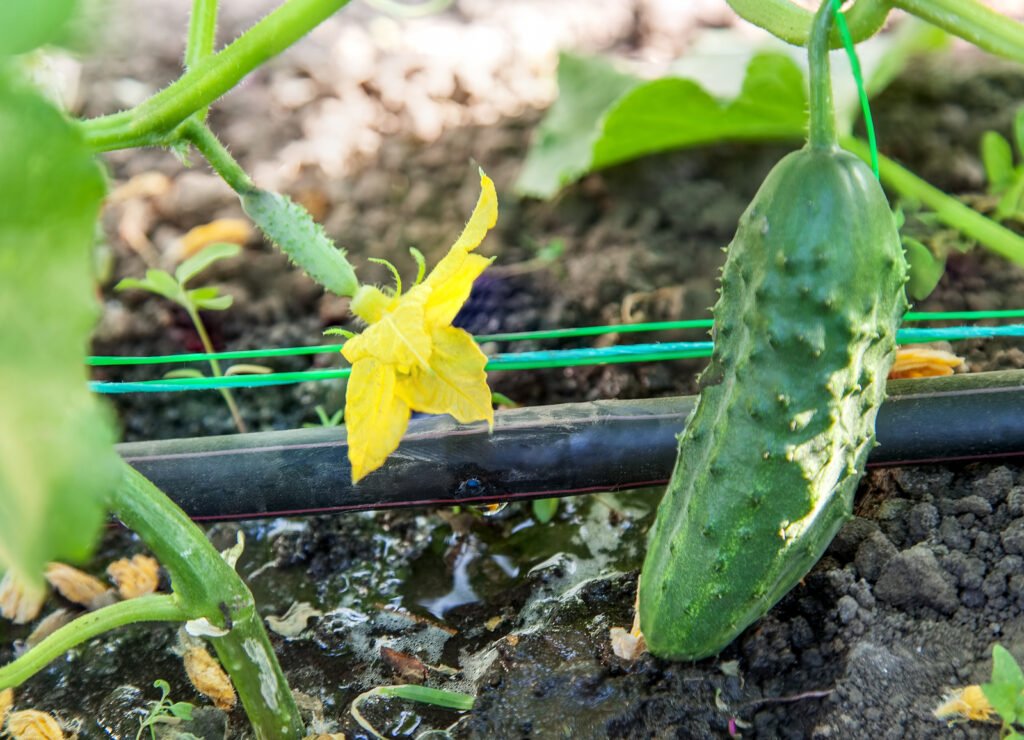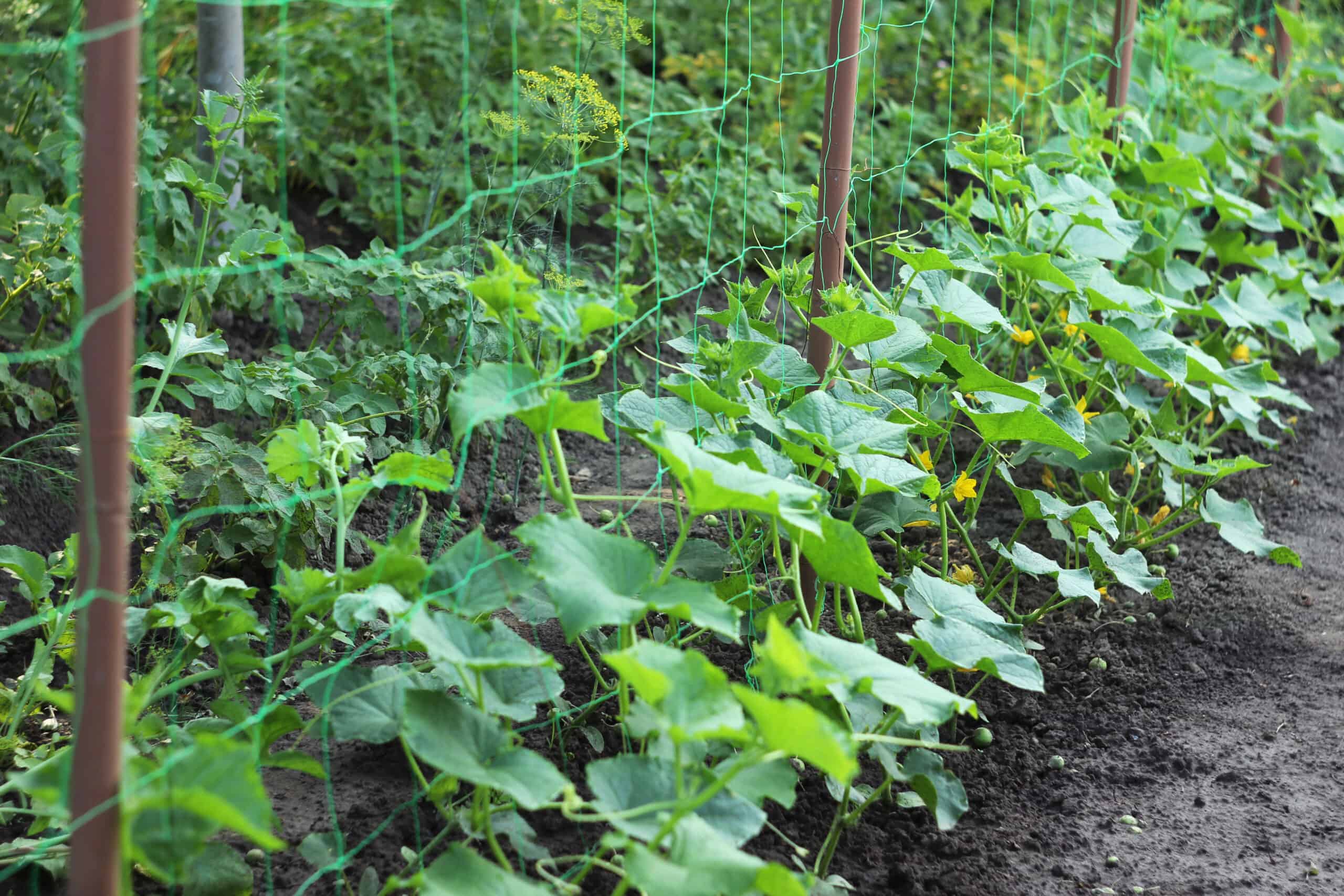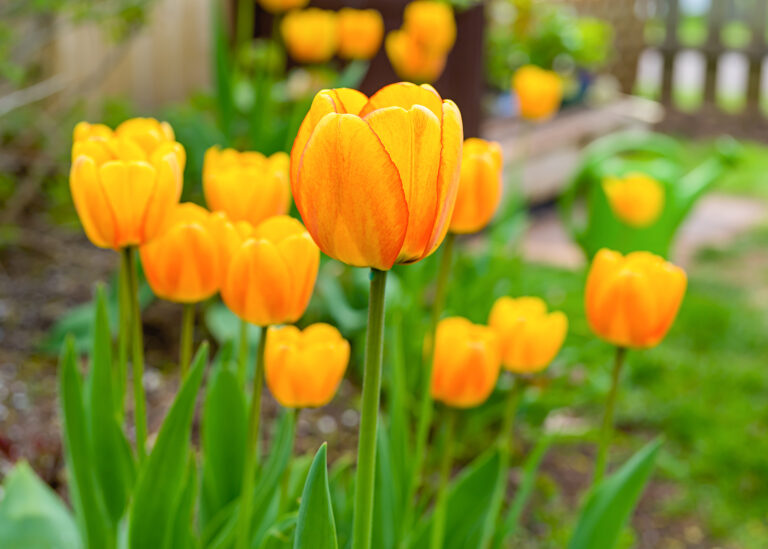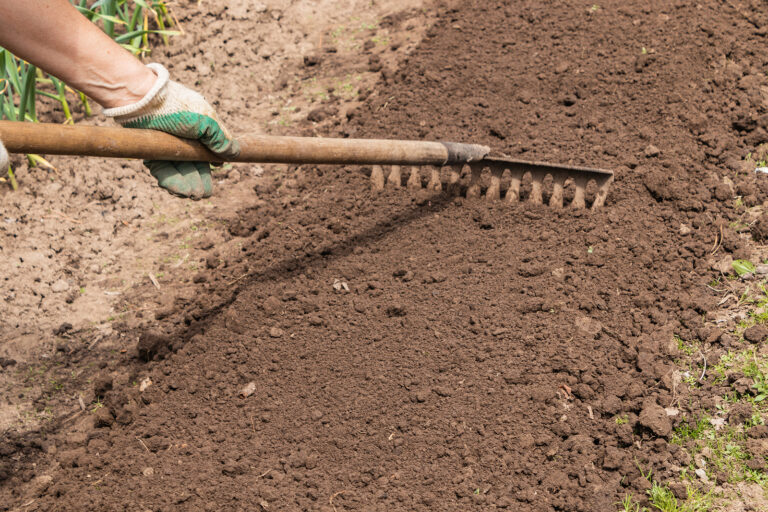Watering, Feeding, and Caring for Cucumbers: A Complete Guide
Caring for cucumbers involves more than just planting them in the ground—it’s about providing the right environment for optimal growth. Having grown cucumbers for over 30 years, I’ve learned that consistent watering, proper feeding, and attention to the plant’s overall care are crucial to achieving healthy, productive vines. Cucumbers require plenty of water to thrive, but their roots are sensitive to soggy soil, so finding the right balance is essential. Understanding when and how much to water, as well as providing essential nutrients throughout the growing season, will ensure your cucumbers grow strong and produce a bountiful harvest.
In this post, I’ll share practical tips and techniques for keeping your cucumbers happy and healthy. From the best watering practices that help prevent diseases like powdery mildew to feeding strategies that ensure your cucumbers get the right nutrients, I’ll cover it all. Over the years, I’ve developed a routine that I’ve found works wonders for cucumbers, and I’ll guide you through the steps to achieve the same success. Whether you’re a seasoned gardener or a beginner looking to grow your first cucumber crop, this guide will equip you with the knowledge you need to grow vibrant, flavorful cucumbers from seed to harvest.

Watering Cucumbers
Cucumbers require moderate water before flowering. Heavy watering from flowering to harvest will result in a larger crop. Avoid overhead watering.
Cucumbers are 96 percent water. For best growth, they require uninterrupted moisture from sprouting to harvest. Water seedlings well, and keep the soil moist throughout the season especially when flowering and fruiting. Bitter and misshapen fruit is the result of water stress. To stem moisture evaporation, cover the soil with black plastic or thick compost mulch after planting.
Keep cucumbers evenly moist. Mulch to conserve soil moisture once the soil has warmed.
- Keep the soil evenly moist with regular watering. Do not let the soil dry out. Cucumbers are about 95 percent water and require regular water for fast, even growth.
- Set a soaker hose or drip irrigation at the base of plants. Give cucumbers at least 1 inch of water each week during the summer.
- Always water at the base of plants. Moisture on cucumber leaves can result in fungal diseases such as powdery and downy mildew.
- Leaves may wilt in the afternoon in hot weather; that is because plants are taking up water faster than roots can supply.
- If plants are wilted in the morning, the soil is too try and needs immediate water.
- Mulch around plants to slow soil moisture evaporation and to avoid soil compaction caused by heavy watering.
- Too little water or inconsistent watering can cause cucumbers to become oddly shaped or bitter tasting.
- An easy way to measure soil moisture is to stick your index finger in the soil; if your finger comes away dry, it’s time to water.

Feeding Cucumbers
Cucumbers are heavy feeders. They prefer ample amounts of phosphorus and potassium and a moderate amount of nitrogen. Add compost and phosphorus to the soil before planting.
Spray cucumbers with fish emulsion or compost tea 1–2 times per month during the growing season. Fertilize with blood meal during the period before blooming.
Add plenty of aged compost or manure to the planting bed in advance of sowing. Before you plant, place aged compost or manure at the bottom of each planting hole and throw in a buffer inch or two of native soil. (An all-purpose organic fertilizer, 10-30-10 can be used–follow the label directions.) This will get plants off to a strong start. Apply compost tea or manure tea at transplanting or two weeks after seedlings emerge. Feed again with compost tea in three weeks or when the first flowers appear. When the first fruit sets, water each plant with compost tea or side-dress each plant with a shovel full of compost. If leaves are pale, give plants a dose of fish emulsion. But be careful not to give squashes too much nitrogen; nitrogen will increase leafy growth but cut fruit yield.
- Add aged compost or commercial organic planting mix to planting beds before planting. Compost has all the nutrients cucumbers need for fast growth.
- Side-dress cucumbers with compost tea or a dilute solution of fish or kelp emulsion or a liquid organic fertilizer every 10 to 14 days during the season.
- Feed cucumbers with low nitrogen, high phosphorus, and potassium formula. Be careful to follow label directions; over-fertilizing can stunt or harm plants.
- Side-dress cucumbers at midseason with aged compost to renew soil nutrients.
- Keep planting beds free of weeds; weeds compete for soil nutrients and water. Cultivate shallowly to avoid disturbing roots.
Caring for Cucumbers
To keep your cucumbers healthy and productive, follow this checklist for effective care. Mulch around plants with organic materials like straw or chopped leaves once the soil reaches 70°F (21°C) to conserve moisture, reduce weeds, and keep vines and fruit clean. Watering is crucial, especially during flowering and fruiting—ensure the soil stays moist but not soggy, and avoid letting it dry out more than 3 inches below the surface. Temperature management is also key: provide shade during extreme heat by using filtered afternoon light or shade cloth, and protect cucumbers from cool temperatures with floating row covers when night temperatures drop below 65°F. This combination of techniques will help your cucumbers thrive in any environment.
- Mulching. Once the soil has reached 70°F (21°C), reduce soil moisture evaporation by mulching plants with an organic mulch or black plastic. Mulch will also reduce weeds which compete for soil moisture and nutrients. Mulch around cucumber plants with straw or chopped leaves. Mulch will help conserve soil moisture, and keep vines, and fruits clean. Slugs and snails find it difficult to move across straw or pine straw mulch.
- Give cucumbers plenty of water; do not let the soil go dry especially while they are flowering and fruiting. Water stress during the early stages of growth will cause bitter-tasting compounds to concentrate in the fruit. Water cucumbers deeply once or twice a week or place plants on a drip so that the soil stays moist but not wet. Use your finger to measure soil moisture; the soil should not be dry deeper than 3 inches below the surface.
- Protect cucumbers from high temperatures. Temperatures consistently in the mid-90s or warmer can stress cucumbers. Provide filtered afternoon shade to help cool the garden; plant cucumbers to the south of tall crops such as corn or sunchokes or place a frame and shade cloth with a 40 to 50 percent block of sunlight over cucumbers.
- Protect cucumbers from cool temperatures. Cucumbers do not like chilly weather or chilly soil. They will die back with even a touch of frost. When night temperatures fall below 65°F protect cucumbers with floating row covers.
Related Posts:
Ultimate Beginner to Expert Guide to Growing Cucumbers
Planning and Planting
- The Best Cucumber Varieties for Your Garden
- How to Plant Cucumber Seeds and Seedlings: Site, Spacing and Soil Needs
- Growing Cucumbers in Containers: Space -Saving Tips for Success
Care and Maintenance
- Watering, Feeding, and Caring for Cucumbers: A Complete Guide
- How and When to Prune Cucumbers for Healthier Vines
- How to Grow Cucumbers That Are Not Bitter Tasting
- Cucumber Flowering, Pollination, and Fruit Formation: Ensuring Maximum Yield
Troubleshooting and Pest Control
Harvest and Beyond





